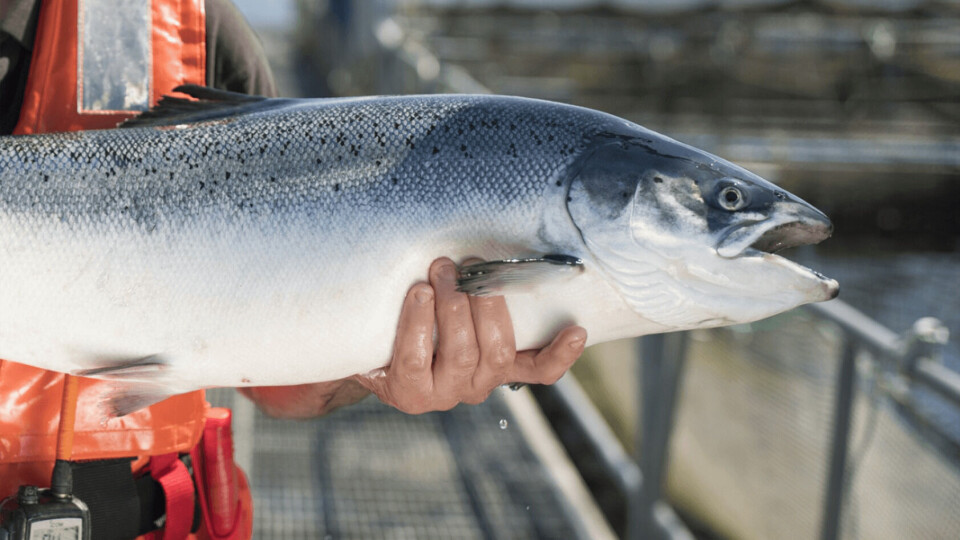
Scotland-Chile knowledge swap furthers fight against gill disease
An international collaboration between aquaculture experts from Scotland, Chile, and the research and development (R&D) team from Hendrix Genetics has taken what scientists say is a significant step toward the early detection and potential treatment of complex gill disease (CGD).
CGD is caused by a range of bacteria, viruses, parasites, algae and zooplankton, and is a growing health challenge for salmon across the world. During 2018, a new type of CGD emerged in Chile resulting in significant gill inflammation among the fish, which progressed unusually quickly and led to stock losses.
Following the outbreak at a salmon farmer’s facility in Chile, researchers from Hendrix Genetics, the University of Edinburgh’s Roslin Institute, and the Institute of Aquaculture (IoA) at the University of Stirling collected and analysed samples to conduct an in-depth assessment of the developing disease.
Genomic analysis
The Hendrix Genetics team was led by Carlos Lobos Blumenfeldt, while funding support for the project was provided by the Scottish Aquaculture Innovation Centre (SAIC).
The samples are currently undergoing genomic and transcriptomic analysis at Roslin, said SAIC in a press release. The results could help the researchers to better understand the pathology of the disease and, through genomic studies, determine whether fish with enhanced resistance could be bred in the future.

Valuable exchange
Dr Sophie Fridman, a gill health expert working in the parasitology group at the IoA, said: “This opportunity for international collaboration offered a very valuable knowledge exchange between leading researchers in the field of gill health in the UK and Chile. Our findings will have far-reaching implications leading to enhancements in early detection and treatment outcomes, resulting in significant improvements in fish health and welfare, as well as the prevention of serious stock losses in the field.”
Polly Douglas, aquaculture innovation manager at SAIC, said: “The results of this partnership underline the highly positive outcomes that can come from bringing international experts together to tackle some of the aquaculture industry’s most significant challenges.”
The team harnessed Scotland’s world-leading expertise in gill disease to share knowledge with their Chilean counterparts during the two-way knowledge exchange. While collecting a large number of samples, they also trained a team of aquaculture health professionals in gill health diagnosis and sample collection.

Selective breeding
Initial analysis by Noahgene Ltd, another project partner, has also suggested an earlier amoebic infection had been largely cleared, while pathogens commonly associated with CGD in Europe were discovered. However, an important finding was very high levels of Tenacibaculum maritimum, a bacterium more usually present in gills damaged by algal blooms. Additional assessment conducted at Harper Adams University did not find pathogens commonly associated with CGD in Europe.
Dr Alastair Hamilton, genomics expert at Hendrix Genetics Aquaculture, said: “It is most encouraging to have uncovered a finding of such potential significance at this early stage – if this pattern is confirmed in subsequent cases, it could point the way to treatment strategies, including opportunities for selective breeding.
“By adding to our understanding of these complex pathologies, this opportunity for knowledge exchange through the SAIC project will be of tremendous value to both the Chilean and Scottish aquaculture industries.”























































